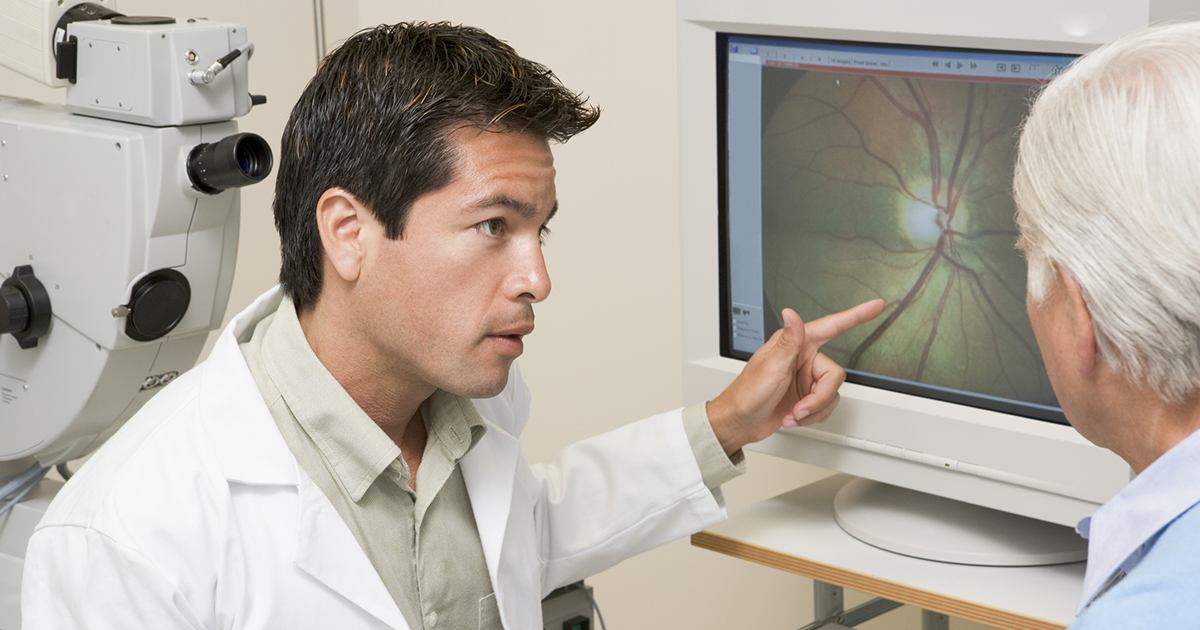Living With Glaucoma
Glaucoma is a disease in which the eye’s optic nerve becomes damaged, typically when fluid builds up behind the front of the eye and subsequently increases pressure, which is what causes damage to the optic nerve. This optic nerve damage can cause a progressive loss of vision. One striking fact is glaucoma is the leading cause of blindness for individuals over sixty years old. However, blindness can be prevented with effective and early treatment.
So what does life look like after receiving a glaucoma diagnosis? Begin reading to learn the details, starting with eye appointments.
Frequency Of Eye Appointments
The average healthy adult can go up to two years without having an optometrist check their eyes. If they suffer from another eye condition, this can shorten to once a year. However, after receiving a glaucoma diagnosis, this can change, particularly in the short term. Once diagnosed, it is important for a patient to have their eye pressure checked frequently, often once a month or even once a week in severe cases. This should continue until the doctor monitoring the patient’s eyes can get the pressure under control. However, patients often need to have multiple visits every year even after their eye pressure is at a safe level when they have glaucoma. Everything helps avoid blindness and vision impairment as much as possible!
Doctors should listen to patient concerns about glaucoma and assuage them, inform patients of treatment options, and be available for calls and checkups. Patients are encouraged to build a good relationship with their eye doctor and not to be afraid to seek a second opinion if they are uncomfortable. This relationship is key to effectively managing glaucoma.
Continue reading to learn about managing medications for glaucoma.
Keeping Track Of Medications

Medication is one of the primary ways individuals manage life with glaucoma, particularly after surgery. There are multiple medications out there to help treat glaucoma and make symptoms more manageable. Sometimes patients will just be on one medication, though they may also have a few to juggle at the same time or find they need to switch medications for effectiveness.
Due to this, it is crucial for patients to be well-organized when it comes to their glaucoma medication. This often means writing information down about each medication, such as side effects, when to take them, and if food is required. Many patients find creating a schedule for their medication and including them alongside other staples in their routines is highly beneficial. Popular times include just after waking up, alongside a meal, or even just before turning in for the night.
Continue reading for more information on managing glaucoma medications, including dealing with side effects.
